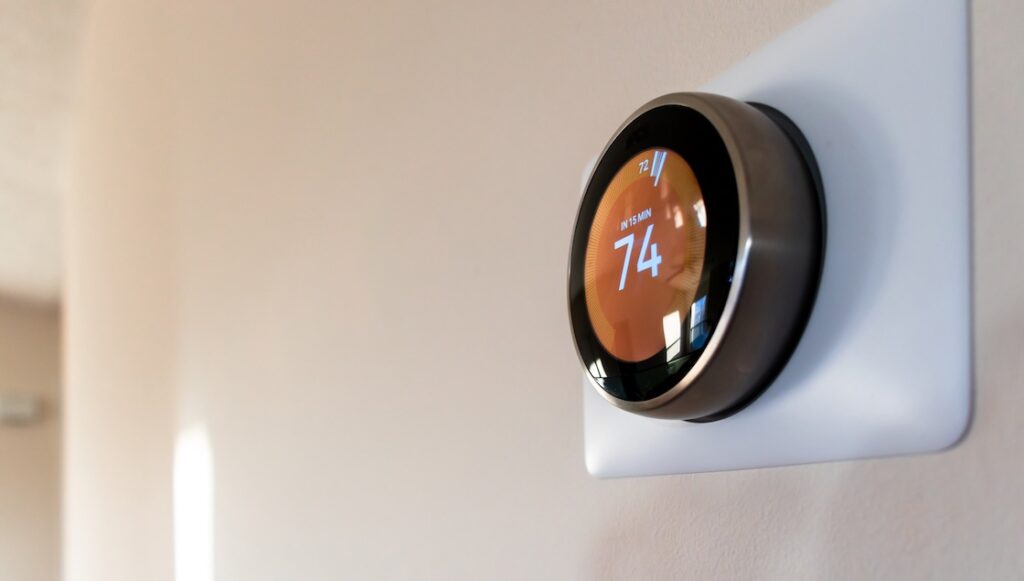No specific home temperature alone will prevent mold, but certain temperature ranges certainly help to reduce the likeliness of a major mold growth problem over time.
Even if you were to keep your home below zero for a while, which is obviously extremely impractical, the mold spores that are present would not die. They’d simply go dormant.
And if you wanted to use heat to kill mold, well, you’d be looking at temperatures as high as 140-160° Fahrenheit , or about 60-71° Celsius. Again, not at all practical for a home owner.
When the sun kills mold—and it does do so very effectively—it isn’t the sun’s heat that is killing the mold, rather, it’s the sun’s UV radiation.
The ideal indoor temperatures for mold growth are between about 77 and 86 degrees Fahrenheit. To keep your household free of mold, your goal should be to keep the home’s temperature at least a few to several degrees below that that range—i.e., in the low 70s.
Since you most likely aren’t keen on the prospect of having a scorching living space, you’ll probably want to aim for a temperature in the high 60s to low 70s.

During winter and autumn, it probably won’t take much effort to keep your home’s temperature out of the risky zone. However, depending on the climate of your area, there are likely at least a few months in which you need to be more proactive about mold prevention.
Mold requires moisture to grow
Temperature isn’t the only factor when it comes to mold’s ability to grow. For the fungus to appear, there also needs to be moisture present. If your home is bone dry, having a household temperature of around 80 degrees shouldn’t be an issue. However, if the air in your living space has a humidity level above 55 percent, the mold will have the exact conditions it needs to develop and expand.
Control the temperature and humidity
If your home has an air conditioner, the appliance can serve as a valuable weapon against mold growth. Not only can a working AC unit keep your household temperature below the danger zone, but it can also keep the humidity level under control.
So, if the goal is to make your dwelling as uninviting a place as possible for fungi, it would be in your best interest to keep your cooling appliance operational and healthy.
A few effective ways to do so are scheduling yearly maintenance visits, replacing your home’s HVAC air filters regularly, and responding quickly if the AC unit malfunctions or breaks down.
If you’re having trouble keeping the humidity and dampness out of your house, another effective option is to install a dehumidifier. Having one of these systems will take some of the pressure off of your air conditioner and greatly reduce the chances of mold growth.
Keep your home ventilated
Mold and other funguses are much more likely to flourish when the air is allowed to become stagnant. To ensure that this doesn’t happen in your home, try to keep air regularly circulating around the living space.
One way to accomplish this is to keep all of your air vents open, even in parts of the home that you aren’t often using.
It may also help to occasionally open a few windows, which will allow fresh air from outside to cycle into the home and push some of that stagnant air out.
But make sure that you only use open windows to ventilate your home if it isn’t too wet or humid outside; otherwise, it may have the opposite of the desired effect.


